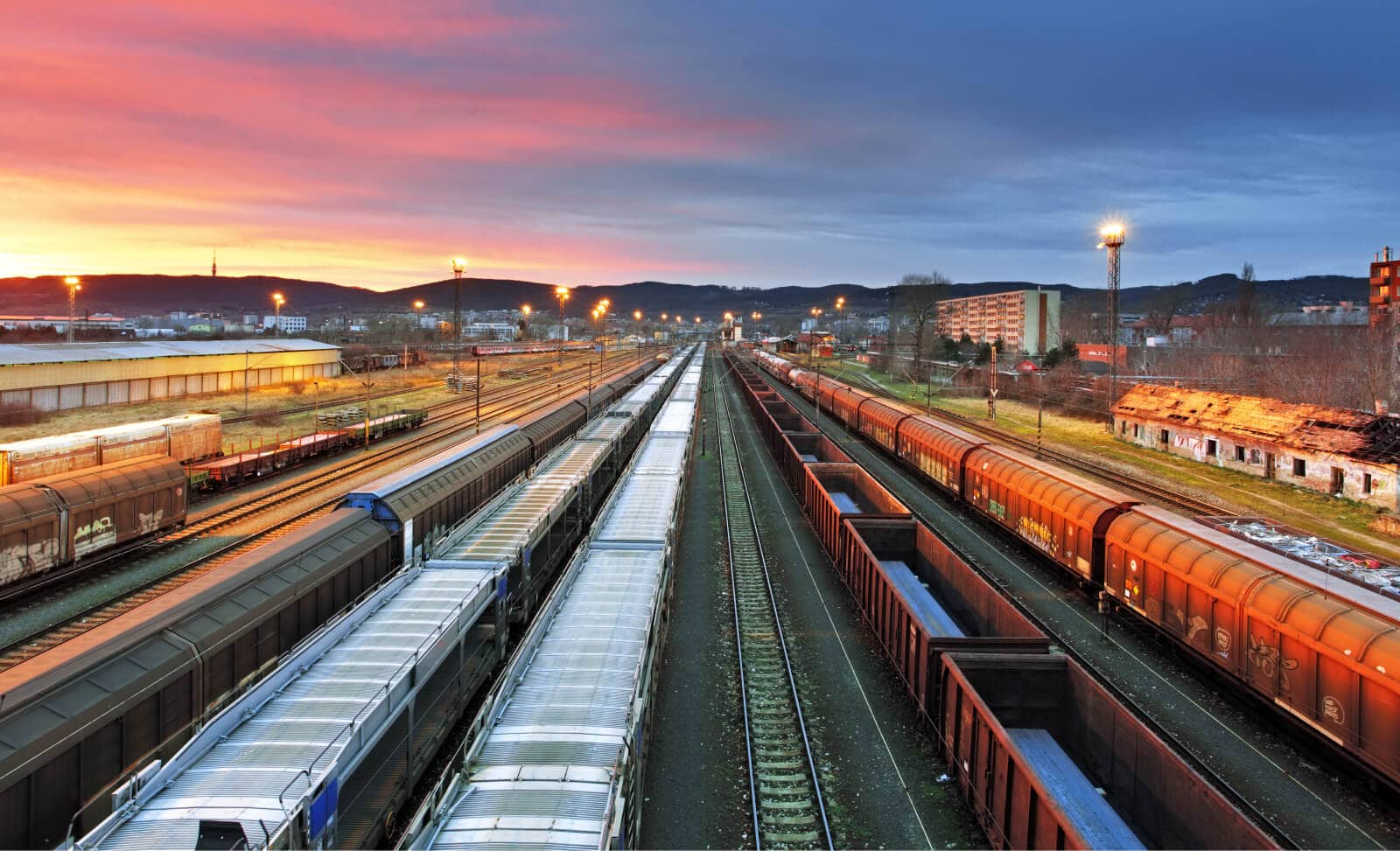
Last week, the Surface Transportation Board (STB) and the Federal Railroad Administration (FRA) took the unusual step of issuing joint letters to the US’s seven Class I railroads, expressing concern over missed industrial switches and “excessively late or annulled” trains. This is not great news for the vast majority of the world’s biggest shippers, who depend on US railways as an indispensable part of their intermodal freight transportation.
Unfortunately, FourKites’ data corroborates the STB and FRA: The average rail delay across our network in August was 16 hours – a spike of 250% over July and the third straight month of increasing rail delays. Interestingly, shipments originating on Tuesdays see the greatest delays (35% higher on average). And the delays worsen with longer transit times; specifically, for coast-to-coast freight and/or transit times greater than seven days, the average delay is 27 hours. Lanes with transit times of less than three days are faring slightly better, with an average delay of 13 hours. But in all cases, the trend line is going in the wrong direction.
This is yet another unfortunate consequence of the havoc the COVID-19 pandemic continues to wreak on the global supply chain. Railroads have been undoubtedly challenged by changing demand patterns. And while volume has been inching up over the last several months, it was still down 5.7% year-over-year in August. As such, most Class I railroads are keeping crews small and doubling down on precision scheduling in order to hold down costs.
These are understandable business decisions for railroads facing market headwinds, but they have consequences for the growing community of large, multi-modal shippers. Rail delays can cause significant disruptions, which is why FourKites has built out several unique platform features and processes to support true, end-to-end multimodal freight tracking.
Building the most accurate rail ETAs in the industry
Historically, getting ETAs on rail freight has been fraught with its own particular challenges. Transit times in TMS systems are static, and often haven’t been updated in years. In addition, rail data is often inaccurate, with differing data elements and structures from various sources. On top of all of that, it’s tough to be proactive – i.e., contacting a railroad for an ETA can be a lot more time-intensive than a “Where’s my truck?” call, and often you’re sent to outsourced customer service reps for an answer.
With the high volume of rail freight on our network, our data science team has been able to crack the code on tracking rail freight, achieving predictive ETAs that are, on average, 30% more accurate than the industry standard.
Key highlights:
The end result of these innovations? The industry’s most accurate rail ETAs, by a wide margin. And accurate ETAs represent the most meaningful way for shippers to get ahead of an increasing number of rail delays in order to mitigate their business impact.
. . . . . . . . . . . . . . . . . . .
Cracking the code on rail visibility is part of a bigger-picture effort by FourKites to enable true, end-to-end visibility into complex, multimodal shipments. I’ll be sharing more in upcoming posts about how FourKites is collaborating with our community to do just that. In the meantime, you can learn more about our multimodal capabilities here.